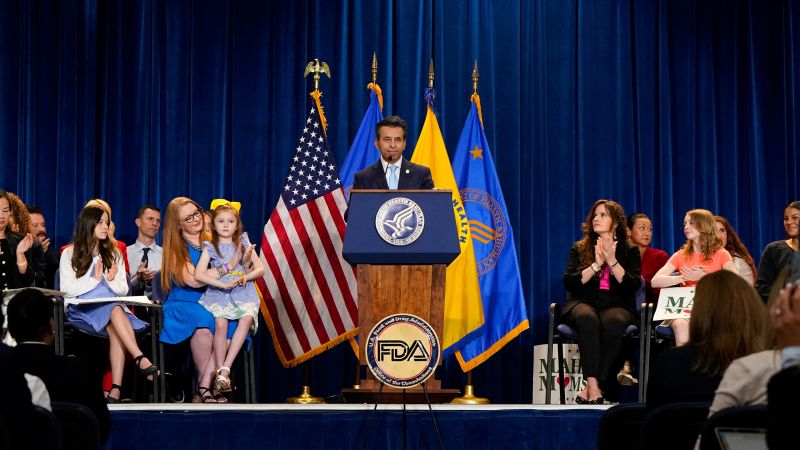The recent announcement from the U.S. Food and Drug Administration (FDA) marks a significant step in public health policy as the agency plans to phase out petroleum-based synthetic dyes from the food supply. Commissioner Dr. Marty Makary revealed this initiative, emphasizing the urgency of addressing health concerns linked to such chemicals that have been prevalent for decades. He highlighted that while these dyes are not the singular cause of the chronic disease epidemic among children, their removal is a crucial step toward healthier eating practices in the nation.
For over fifty years, American children have been exposed to synthetic chemical ingredients, contributing to what Makary described as a “toxic soup.” This initiative aims not only at the removal of synthetic dyes but also at fostering a collaborative approach with the food industry rather than imposing regulatory mandates. Considering the complexity of the food supply, Makary expressed his intent to engage industry leaders in a friendly manner to expedite progress toward healthier food options, emphasizing that the food companies are already motivated to adopt such changes.
The FDA has identified that synthetic dyes are widely used in a variety of products, including candies, cereals, beverages, and some medications, primarily to enhance visual appeal. As the FDA’s phased approach progresses, Makary assured that they have multiple tools at their disposal to achieve these changes without requiring complicated legislative processes. Industry representatives, like the Consumer Brands Association, are standing by the established safety of current food ingredients, while they also agree that transitioning to alternative ingredients will maintain product safety and quality.
However, the debate surrounding the safety of synthetic dyes remains contentious. Historical research has indicated potential links between these dyes—such as red No. 40 or yellow No. 5—and serious health risks, including cancer. Studies have also shown that exposure to certain dyes can lead to behavioral issues in sensitive children, suggesting an urgent need for more rigorous scrutiny of food additives. Since federal evaluations of food dyes have not been conducted thoroughly for decades, voices within the scientific community advocate that a response is long overdue.
Recently, under the Biden administration, the FDA banned red dye No. 3 from all ingested products, a move signaling a broader reevaluation of synthetic food colorings. Following this ban, there is now a push for an accelerated timeline for eliminating synthetic dyes, with a request for food companies to comply by the end of next year. The FDA plans to initiate the revocation of certain synthetic food colorings within weeks.
To further this goal, the FDA aims to introduce more natural alternatives to synthetic dyes, including extracts from gardenia, butterfly pea flowers, and calcium phosphate. Industry bodies are also showing willingness to cooperate, with the National Confectioners Association expressing confidence in regulatory leadership that emphasizes consumer safety and product integrity.
Despite progress, consumer advocacy groups express concerns. Organizations like Consumer Reports argue that while the intention to eliminate harmful dyes is commendable, it relies heavily on voluntary actions from the food industry and may take years to realize fully. They call for faster implementation and clearer regulations, as various states push for independent legislation to ban food dyes.
Some states, particularly California and West Virginia, have been proactive in this area, leading the charge for stricter regulations regarding food additives. The FDA’s announcement has sparked renewed discussions about the importance of establishing unified national standards for food safety that prevent arbitrary state-to-state discrepancies.
In summary, the FDA’s commitment to phasing out petroleum-based synthetic food dyes is a landmark initiative reflecting an increased focus on children’s health and safety. While industry cooperation and legislative frameworks are essential to the plan’s success, consumer groups call for hardened resolve to ensure swift reforms. As this plan unfolds, it could significantly reshape the landscape of food safety regulations in the United States, creating a healthier environment for future generations.



